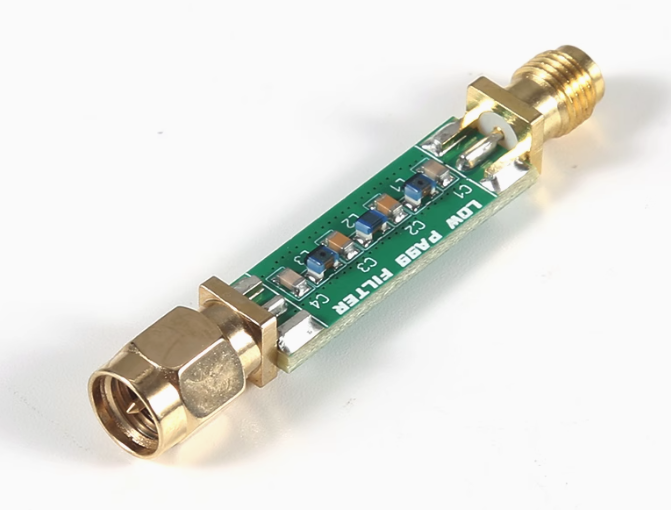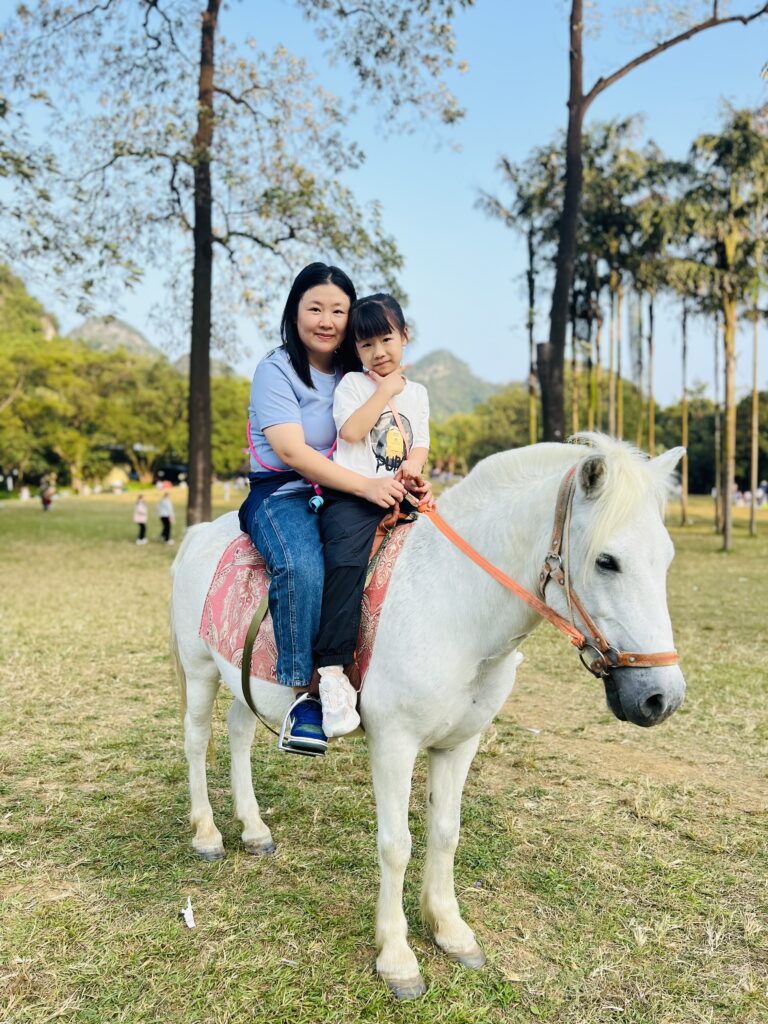SAWbird filters1 are essential components in many SDR (Software Defined Radio) systems, especially when targeting weak signals from space, navigation satellites, or remote sources. These surface acoustic wave (SAW) filters, often combined with low-noise amplifiers (LNAs)2, are specifically designed to isolate and amplify signals in a narrow frequency band such as GPS, GOES, or NOAA weather satellites.
While these modules deliver exceptional signal performance, their effectiveness can be severely limited by RF interference, thermal stress, or physical damage—making a high-quality enclosure a necessary companion. In this article, we'll explore how SAWbird filters work, their key applications, and how Pumaycase aluminum enclosures3 provide the protection and optimization your SDR setup deserves.
Understanding SAWbird Filters: How They Work
SAWbird filters use surface acoustic wave technology4 to filter radio frequency signals with high precision. They pass only a narrow range of frequencies and reject out-of-band signals, dramatically improving signal-to-noise ratio5.
Each SAWbird model is tuned to a specific frequency band:
| Model | Frequency Target | Application Example |
|---|---|---|
| SAWbird GOES | 1.69 GHz | Geostationary weather satellites |
| SAWbird GPS | 1.57542 GHz (L1) | Global Positioning System |
| SAWbird NOAA | 137 MHz | Weather satellite APT imaging |
These devices often include an integrated LNA6, further amplifying the desired signal while keeping added noise minimal.
Key Applications of SAWbird Filters
SAWbird modules are used across a variety of technical and scientific domains:
-
-
Accurate timekeeping, navigation, and geolocation.
-
SAWbird GPS filters enhance L1 signals even in urban RF noise environments.
-
-
Weather Satellite Decoding (NOAA, GOES)8
-
Meteorological enthusiasts and researchers receive APT and HRIT images.
-
Filters reduce FM and cellular interference in the 137–1690 MHz range.
-
-
- Detection of faint cosmic signals where precise filtering is critical.
-
ADS-B and Aviation Monitoring (with custom SAW filters)
- Filters remove broadband noise for more accurate aircraft tracking.
Why SAWbird Modules Need Protection
Despite their compact size and excellent performance, SAWbird filters are sensitive devices. Leaving them exposed to open air or mounting them loosely can lead to:
-
Signal degradation due to nearby RF noise
-
Electrostatic discharge (ESD) damage
-
Overheating during continuous use
-
Physical strain from portable use or stacking with other modules
Pumaycase: Enclosures That Elevate SAWbird Performance
Pumaycase aluminum enclosures are purpose-built for SDR components like SAWbird filters. Here's how our cases enhance protection and system performance:
| Feature | Benefit |
| CNC Precision Machining | Ensures perfect fit for SAWbird modules, ports, and connectors |
| Thermal Conductivity | Aluminum body dissipates heat to avoid thermal-induced drift |
| EMI Shielding | Reduces interference from nearby electronic equipment |
| Modular Design | Stack or pair with other SDR modules like RTL-SDR, Ham It Up, etc. |
| Custom Panel Options | SMA/USB cutouts aligned to your specific module layout |
| Anodized Finishes | Durable, corrosion-resistant, and available in multiple colors |
Whether you're building a fixed satellite receiving station or a portable SDR kit for fieldwork, Pumaycase ensures your SAWbird stays safe, cool, and stable.
Use Case Example: GOES Weather Satellite Reception
A typical GOES reception chain may include:
-
SAWbird GOES Filter + LNA
-
RTL-SDR Blog V3 receiver
-
High-gain 1.69 GHz antenna
With a custom Pumaycase enclosure:
-
The filter and LNA stay shielded from laptop EMI
-
Heat is managed during long decoding sessions
-
SMA connectors are stabilized against movement
Result: cleaner HRIT image downloads and improved long-term reliability.
SAWbird filters unlock powerful capabilities in SDR applications—but to truly maximize their potential, they need to be protected. A high-performance enclosure like those from Pumaycase not only safeguards your investment but also contributes to better reception, signal clarity, and professional usability.
Browse our line of SDR-ready aluminum enclosures at pumaycase.com and build your ideal signal processing system with confidence.
-
Explore this link to understand the functionality and importance of SAWbird filters in enhancing SDR performance. ↩
-
Learn about the critical role of LNAs in improving signal quality and performance in SDR applications. ↩
-
Discover how Pumaycase enclosures can enhance the durability and efficiency of your SDR setup. ↩
-
Explore this link to gain a deeper understanding of surface acoustic wave technology and its applications in filtering signals. ↩
-
Understanding signal-to-noise ratio is crucial for improving communication systems; this resource will enhance your knowledge. ↩
-
Learn about integrated LNAs and their importance in amplifying signals with minimal noise, enhancing your technical expertise. ↩
-
Explore how SAWbird filters enhance GPS signal accuracy, especially in challenging environments, ensuring reliable navigation and geolocation. ↩
-
Learn how SAWbird filters minimize interference, allowing for clearer weather satellite images crucial for meteorological research. ↩
-
Discover the significance of SAWbird filters in detecting faint cosmic signals, enhancing the quality of astronomical observations. ↩



